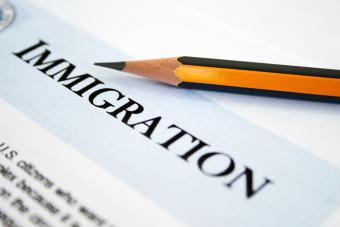Legalization/Regularization
Recent Activity
While policymakers are under increasing pressure to reduce illegal immigration, the estimated population of unauthorized immigrants in EU-15 countries has declined since 2002. European governments are collaborating on the management of their external borders, as this report details, discussing the detected and estimated scope of irregular migration in the European Union.
Though contentious, regularization (referred to in the U.S. context as legalization) remains a frequently utilized policy tool to address the European Union’s unauthorized immigrant population. Since 1996, more than 5 million people have been regularized through a variety of methods, as this Insight details.
Migration to the United States from Mexico and Central America’s Northern Triangle (El Salvador, Guatemala, and Honduras) has accelerated in the last four decades. This increase has been driven by economic opportunities and facilitated by social networks of friends and family already in the United States.
This Policy Brief examines four types of criteria for earned legalization (English proficiency, employment, continuous presence, and monetary fines) in the five major legalization bills proposed by Congress since 2006—and finds that the projected effects differ on the ability of unauthorized men, women, and children to gain legal status.
This policy brief examines the legalization debate on both sides of the Atlantic and discusses policy parameters that characterize legalization programs, such as qualifications, requirements, benefits, and program design and implementation.
This policy brief shows that more unauthorized immigrants in the United States have been legalized through population-specific and registry programs than through the 1986 Immigration Reform and Control Act general legalization provisions.




